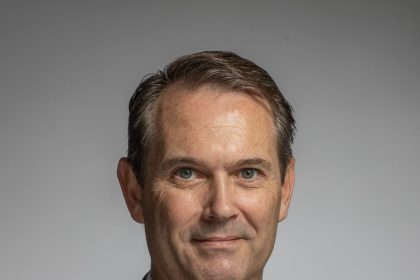U.S. State Legislatures Are Disproportionately White and Male, Study Finds

WASHINGTON – The vast majority of state legislators in the U.S. are white and male, while first and second-generation immigrants tend to lack representation, according to a new report by New American Leaders, a nonprofit organization working for diversity in political leadership.
Roughly 82% of the country’s 7383 state legislators are white, and about 71% are men, the study found. Black state legislators count for less than 10% while Latinx politicians make up a little more than 4% and Asian Pacific Islanders about 2%.
Indigenous leaders represent a small fraction of state legislatures, with just 49 Native American politicians across the country, or less than 1%.
Moreover, only 258 state politicians — around 3.5% — are first and second-generation immigrants, a group that the report refers to as New Americans.
The report found a “concerning lack of representation” in U.S. statehouses, with only five states showing representation that matched their population’s racial diversity.
“New Americans represent 26% of the population in the United States but hold only 3.5% of state legislative seats,” said New American Leaders President Sayu Bhojwani. “This means that over a quarter of our country is left without true representation in their state houses and senates.”
There are currently nine states — Arkansas, Idaho, Iowa, Mississippi, Missouri, Montana, North Dakota, South Carolina, and South Dakota — that have no first or second-generation state lawmakers. However, in many of those states first-generation immigrants make up more than 5% percent of the total population, according to census estimates.
The report comes as state lawmakers across the country mull new laws to address police brutality against people of color.
“The fact that in 2020 there are still nine states without any New Americans serving in their state legislative bodies shows just how deeply outdated and racist ideas about who can and should run for office are embedded in our national psyche,” said Bhojwani. “Especially in this national moment of reckoning on race, we must confront and dismantle these vestiges of white supremacy to improve representation.”
Arizona and California had the most parity when it came to immigrant representation. While roughly 8% of Arizona residents are naturalized citizens of voting age, first and second-generation immigrants make up roughly 12% of the state legislators.
In California, naturalized voters account for 21% of the population and 26.6% of the state legislature.
Meanwhile, New Jersey had the most glaring lack of diversity in its state legislature given its highly diverse population. Though nearly 18% of New Jersey residents are naturalized citizens of voting age, only a little more than 3% of its state legislators are first and second-generation immigrants.
Additionally, the study found a significant lack of representation for women in state legislatures. While more than half of the U.S. population is female, only 28.9% of state legislators are women.
The Democratic Legislative Campaign Committee has invested $50 million this year in a broad effort to flip state legislatures in November. Currently, the GOP controls 61 of the country’s 99 state chambers.
On November 3, a total of 86 state chambers will hold legislative races, with 5,876 seats up for re-election, according to the National Conference Of State Legislatures.
























